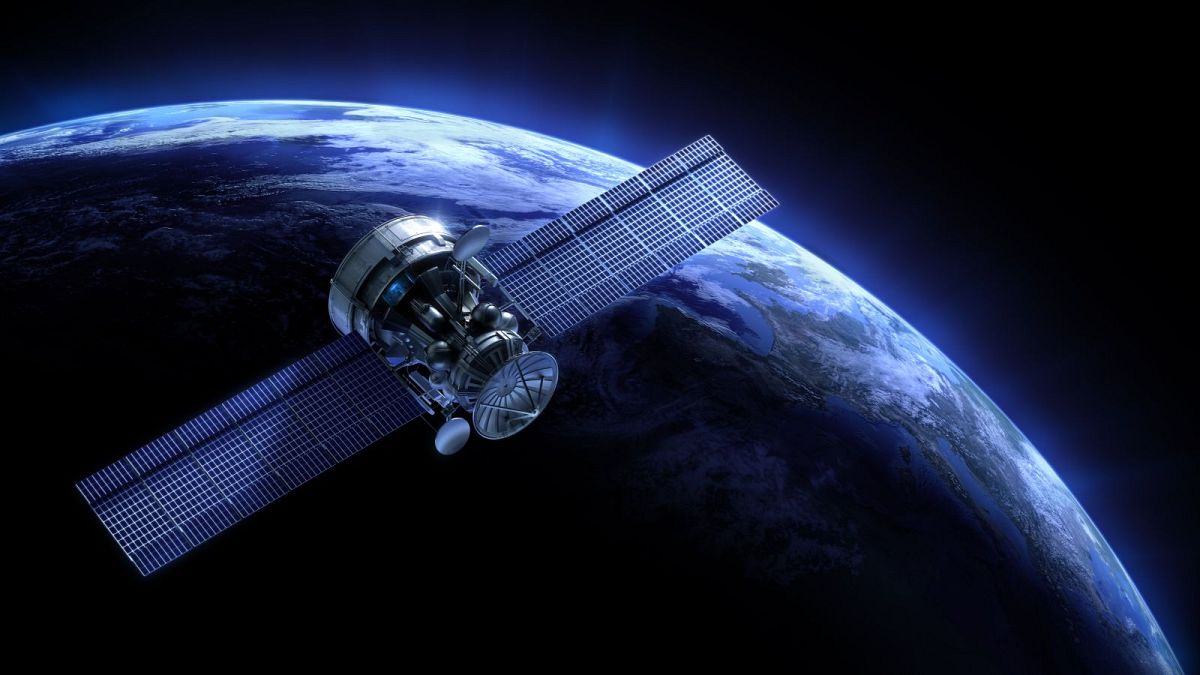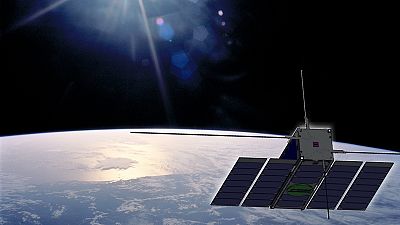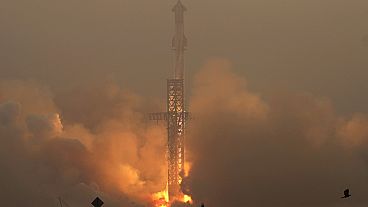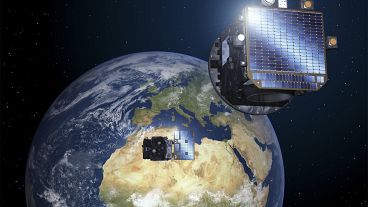Internet satellites at the end of their lifespan produce chemicals that damage the ozone layer.
Internet satellites at the end of their lifespan produce chemicals that damage the ozone layer, according to new research.
Engineers have two options at the end of a satellite’s life: slow it down enough to force it out of orbit so it burns up in the atmosphere in what is called an “uncontrolled reentry”.
The other is to control the satellite’s descent, landing it in a remote part of the Pacific Ocean.
When satellites burn, they generate aluminium oxides: a group of particles that "may remain in the atmosphere for decades," and are known to cause "significant ozone depletion," according to research published in the journal Geophysical Research Letters.
The study found that reentering satellites caused a 29.5 per cent increase or 17 tonnes of the amount of aluminium oxide in the atmosphere in 2022.
“Only in recent years have people started to think this might become a problem,” said Joseph Wang, a researcher in astronautics at the University of Southern California and corresponding author of the study.
"We were one of the first teams to look at what the implication of these facts might be".
The life span of the average internet satellite is roughly five years, according to the study.
“Companies must then launch replacement satellites to maintain internet service, continuing a cycle of planned obsolescence and unplanned pollution,” a press release for the study reads.
Scientists estimate that aluminium oxide emissions can increase to over 260 metric tons a year, or 640 per cent above natural levels with the creation of megasatellites.
SpaceX, the leader in the satellite industry, as well as the European Space Agency and the US Space Development Agency plan to build their own constellations in the near future.
Scientists estimate that of the 8,100 satellites in low Earth Orbit, 6,000 of them are Starlink satellites launched in the last few years.
Euronews Next reached out to SpaceX for comment but did not receive a reply at the time of publication.















